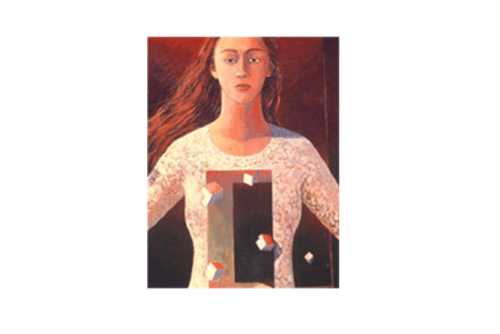Queers Reproducing and Queering Reproduction
Personal accounts of queer reproduction, though not as voluminous as heterosexual accounts, are still rather abundant. While there are many “how-to” guides and web-based resources on LGBTQ family building, few of these offer critical perspectives on larger issues of the political economy of reproduction—after all, the sentiment seems to be, queers would not be able to reproduce at all without some type of assistance. 1 Still, there are critical approaches to be found in the queer parenting memoir subgenre. In particular, memoirs provide first-person accounts of many of the ways in which LGBTQ people are routinely denied the right to parent through discriminatory adoption and foster care laws, legal and extralegal discrimination in custody disputes over biological children, exclusion of gay men from sperm donation, and other practices. At the more subtle end of the critique spectrum, queer parenting memoirs can point to the assumptions and routines that naturalize some families and forms of reproduction, while underscoring others’ distance from “normal.” These assumptions and routines are part of the scaffolding of reproductive injustice.
Two books, Harlyn Aizley’s edited 2006 collection Confessions of the Other Mother and Amie Klempnauer Miller’s 2010 memoir She Looks Just Like You include personal reflections on the ways in which framing parenthood as a biological imperative affects lesbian mothers. Klempnauer Miller’s use of “resemblance talk” in the title itself points to the angst also discussed by many of the essayists in Aizley’s collection. While non-biological parenthood may sit quite easily with their own understandings of kinship relationships, many of the lesbian mothers who contributed to the collection describe being challenged by others’ perceptions that their (non-biological) ties to their families mean that they are not “real;” and rightly so, given the shifting of gay parental rights on a state-by-state and sometimes city-by-city basis. “Resemblance talk,” as well as assumptions made about feminine and masculine-presenting women who carry children, are frequently discussed in the queer pregnancy and parenting blogosphere, including the aptly titled, “Butch … And Pregnant.” 2 The power of “resemblance talk” can therefore be seen to penetrate queer relationships as well as straight, and the literature is full of accounts of lesbians who seek sperm donors with physical attributes similar to the non-biological parent. However, as Amy Agigian’s 2004 study of lesbians’ experience of alternative insemination found, the quest for resemblance should be viewed differently than in the context of heterosexual couples, as in the queer context these decisions sometimes reflect “… a conscious attempt to reinforce the legally vulnerable tie to a lover,” 3 rather than an attempt to reinforce the biological/nuclear kinship structure. (Of course, this doesn’t change the legal vulnerability of the relationship, but tapping into the affective strength of “resemblance” between parents and children might make it less likely that a challenge to the relationship would be made in the first place.) While recognizing that distinction, neither book included exploration of the larger political economy of reproduction in any significant way: donor selections are brushed over in rather uncritical ways, the class implications of access to reproductive technologies are mentioned briefly (if at all).
This is not to say that complex issues related to reproductive justice are not broached: discrimination against same sex parents by medical staff during pregnancy and delivery is enragingly recounted, and encounters with estranged homophobic parents of one or both partners are heartbreakingly described. And difficult decisions do spring up constantly in both accounts (what will each mother be called is a commonly cited lesbian-specific decision; how/when will the non-biological parent negotiate maternity leave is another). As Klempnauer Miller states: “Accidental pregnancies are not a big problem in our community. We generally have to seek out parenthood if we want it to happen …. As with adoptive parents or infertile couples, our children must be chosen and pursued.” If the paths chosen and pursued in these books tend to be “non-traditional,” it is only, as in the case of many of the stories of heterosexual single women who seek out parenthood, because of an absent father. Both the contributors to the Aizley collection and Klempnauer Miller stick fairly within the confines of the normative, single-family structures (we’re a family just like you!), rather than push the boundaries for recognition of alternative kinship formations. 4
- That said, two popular guides for lesbian parents: Suzanne M. Johnson and Elizabeth O’Connor’s For Lesbian Parents and Kim Toevs and Stephanie Brill’s The Essential Guide to Lesbian Conception, Pregnancy and Birth, do contain sections weighing the pros and cons of different forms of conception: from anonymous donor, known donor, co-parenting, etc.[↑]
- “Butch and Pregnant.” [↑]
- Amy Agigian, Baby Steps: How Lesbian Alternative Insemination is Changing the World (Middletown, CT: Wesleyan University Press, 2004): 121.[↑]
- One could (and people do) certainly argue that same sex parenting itself is an alternative kinship formation. A similar argument can be found regarding same sex marriage.[↑]



